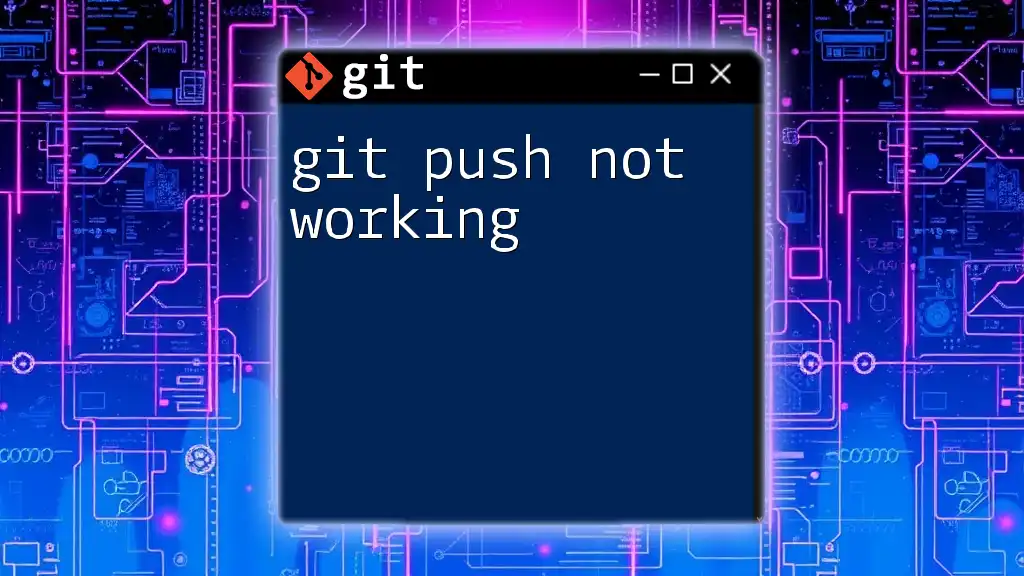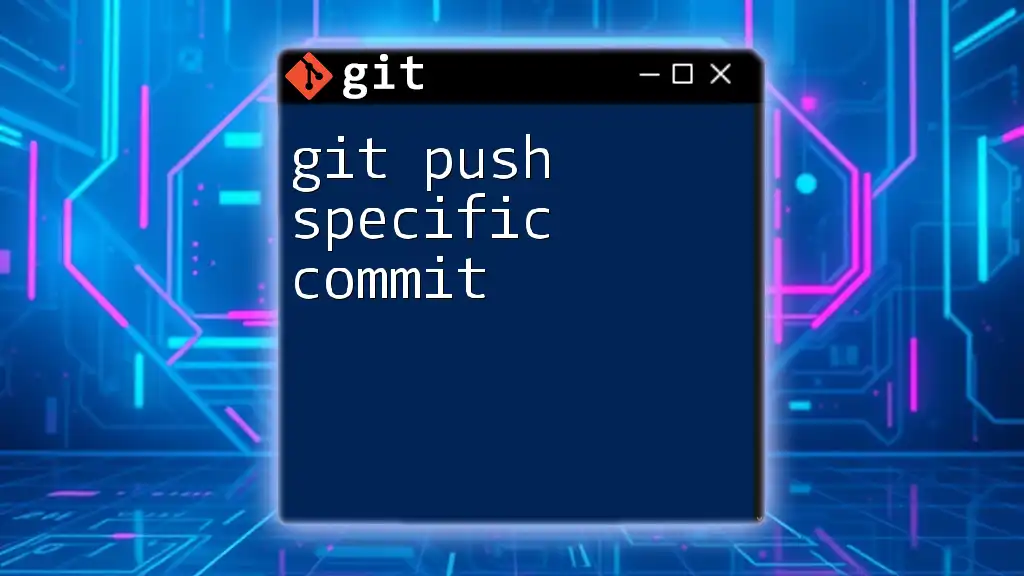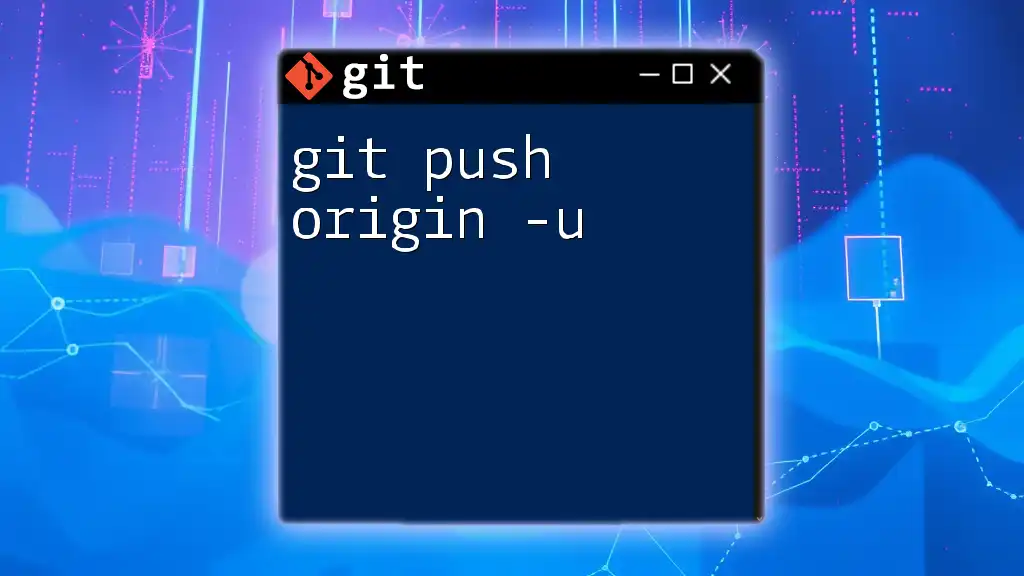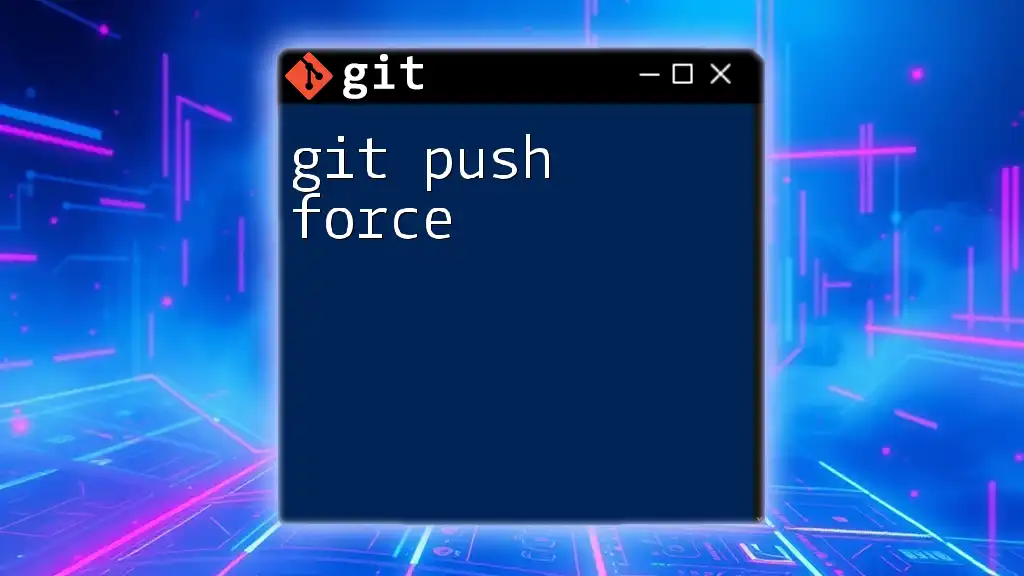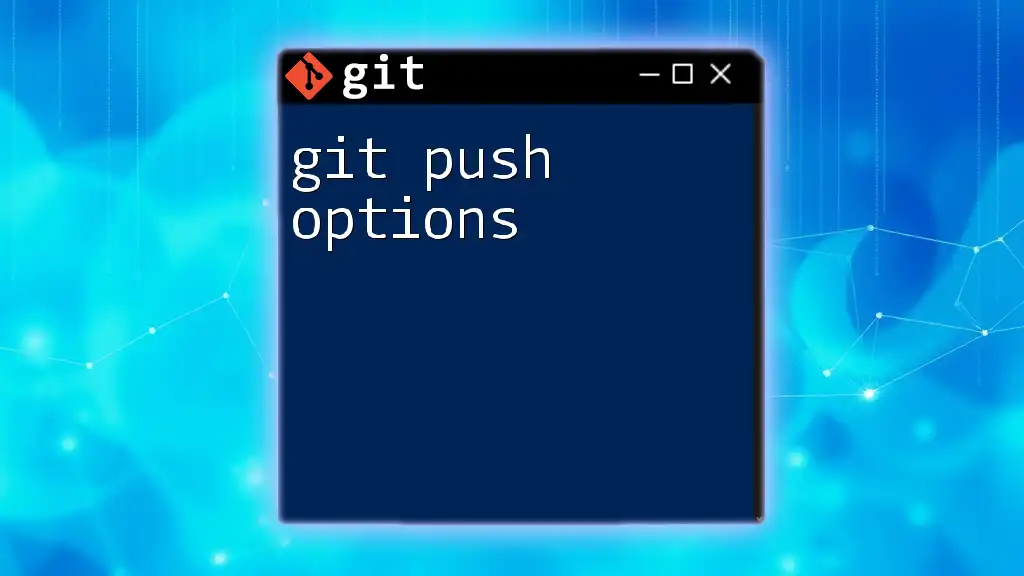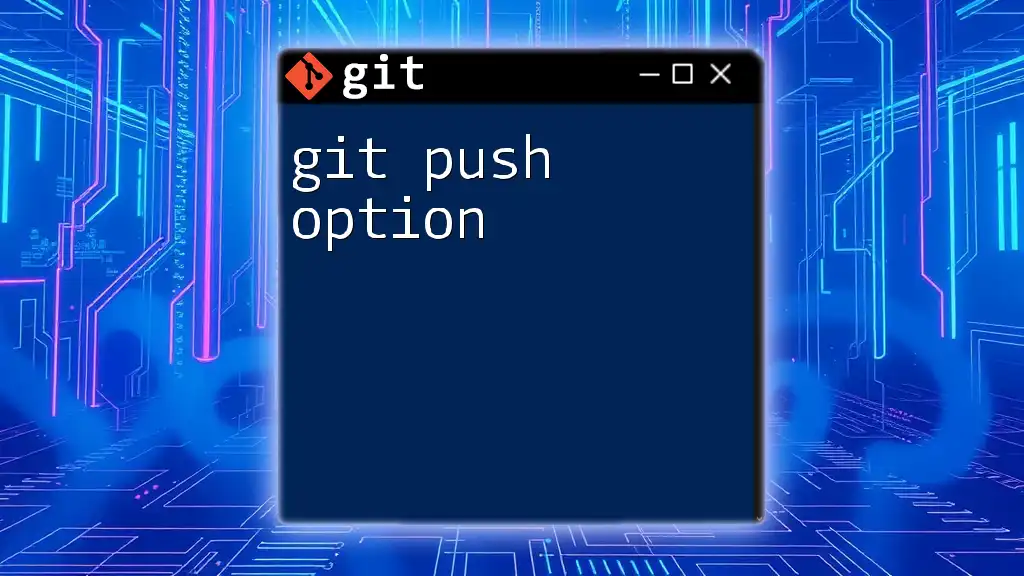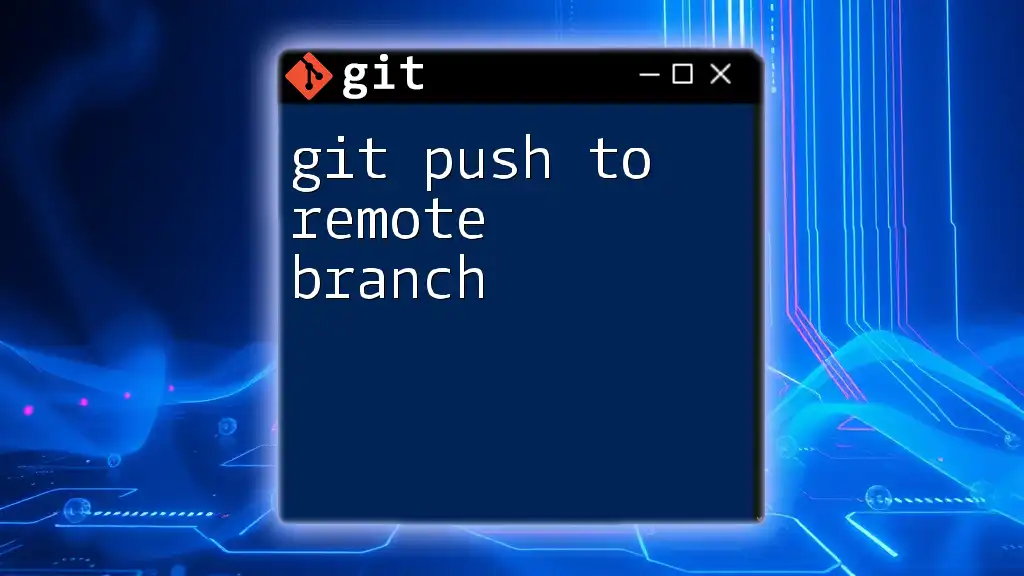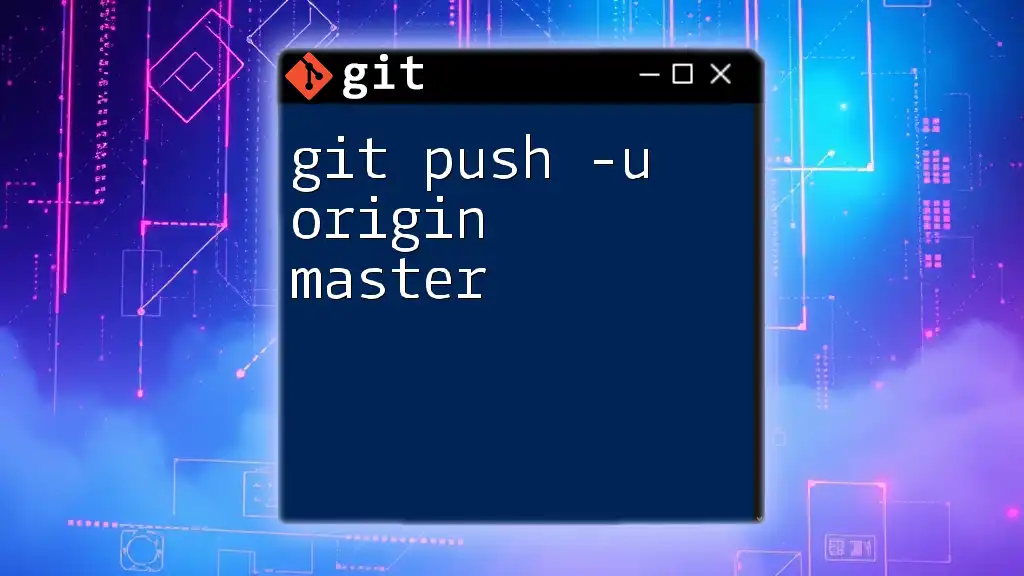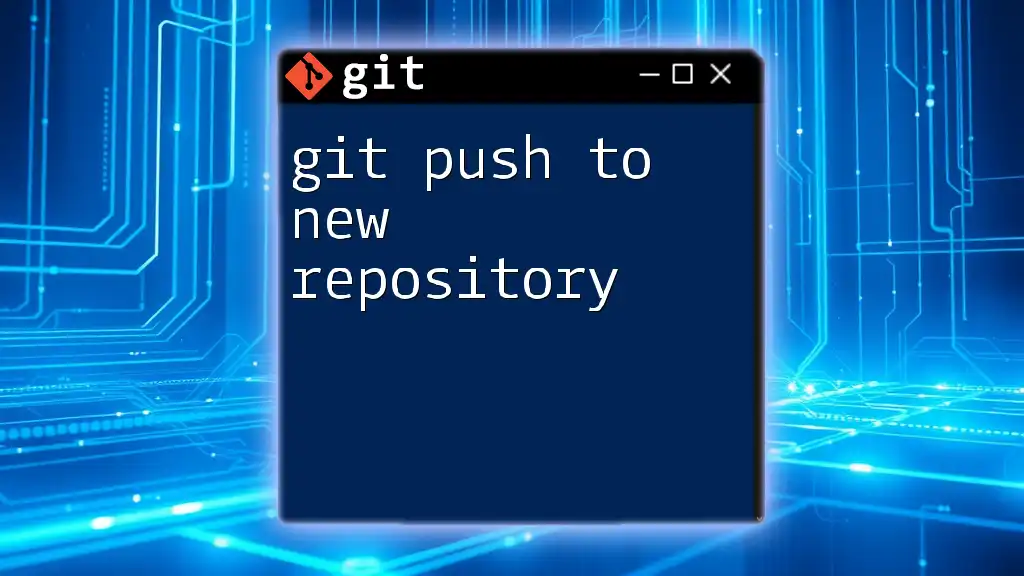The command `git push --no-verify` allows you to skip pre-push hooks, enabling you to push your changes to the repository without running any associated checks.
git push --no-verify
What is Git Push?
Understanding Git Push
The `git push` command is a fundamental Git operation that transfers your committed changes from a local repository to a remote repository. Upon executing this command, the updates to the branches and tags in your local repository are sent to the configured remote (like GitHub, GitLab, or Bitbucket).
- Definition: The `git push` command updates the remote repository with your local changes.
- Purpose: Pushing changes allows team members to collaboratively build on each other's work and keeps the codebase current.
Here’s a basic example of how `git push` is commonly used:
git push origin main
Typical Usage Scenarios
You would typically use `git push` when you have made commits that need to be reflected in the remote repository. Common scenarios include:
- Merging features: When a feature branch is complete, you push the merged changes to ensure everyone has access to the latest code.
- Fixing bugs: If you’ve resolved a bug, you’ll want to push the fix to the central repository quickly.
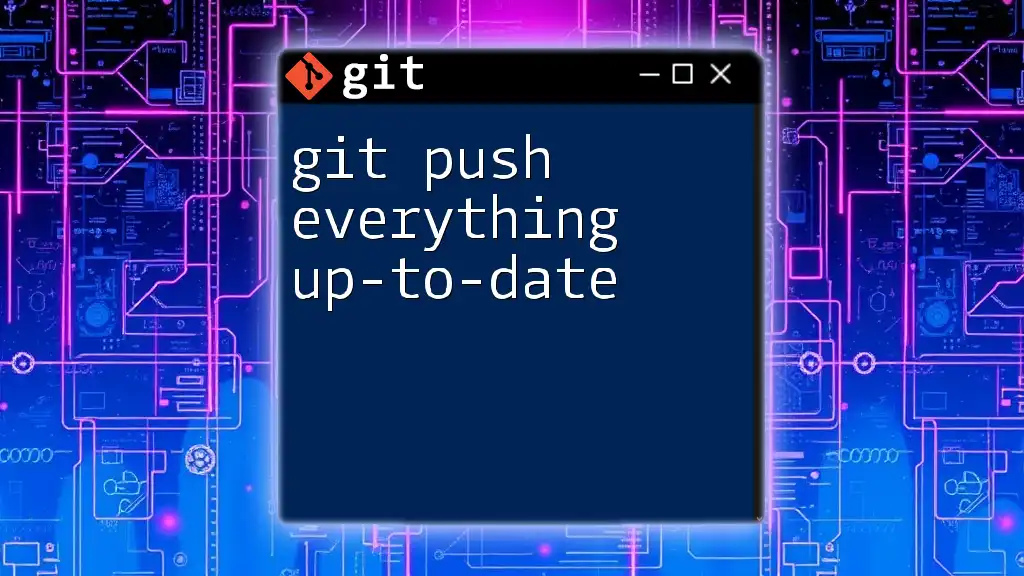
Understanding Hooks in Git
What are Git Hooks?
Git hooks are scripts that Git executes before or after events such as commits, pushes, and merges. They provide a powerful way to customize the behavior of Git based on your project requirements.
- Definition: Hooks are automated scripts that respond to specific Git actions.
- Types of Hooks: Some common Git hooks include `pre-commit`, `pre-push`, and `post-commit`. Each of these hooks serves a unique purpose and can be leveraged for various automation tasks.
Pre-Push Hook
The `pre-push` hook is triggered before the push command is executed. This hook is particularly useful for enforcing rules or running tests. If your project requires certain checks (like coding standards or testing) to pass before changes are pushed, this is where the `pre-push` hook comes in.
- Definition: The `pre-push` hook allows for code validation before changes are sent to the remote repository.
- Why it's implemented: It helps maintain code quality and ensures that all changes adhere to set standards.
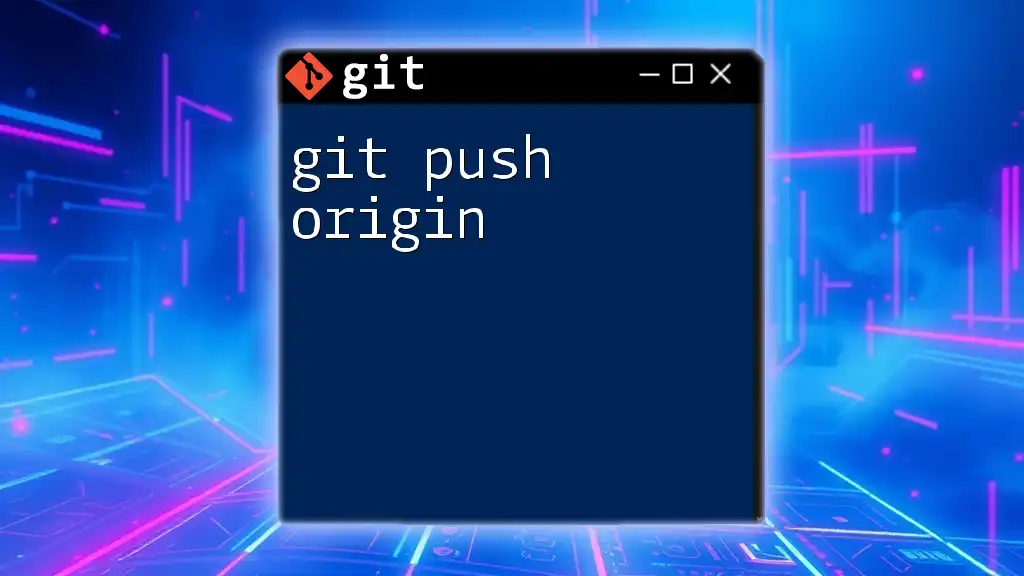
The `--no-verify` Flag
Definition and Purpose
The `--no-verify` flag can be appended to the `git push` command to bypass any pre-push hooks defined in your repository. When you find the need to skip these checks, this flag is a valuable tool.
- What does `--no-verify` do?: By using this flag, you instruct Git to proceed with the push without executing any hooks.
When to Use `--no-verify`
There are several scenarios where using `--no-verify` might be practical:
- Urgent Fixes: If you need to push a critical hotfix and testing hooks are failing, this flag allows you to expedite the process.
- Errors in Hooks: If the pre-push hooks themselves contain bugs that prevent you from pushing, bypassing them with `--no-verify` can provide a temporary solution.
However, it’s crucial to remember the potential consequences of skipping important checks.
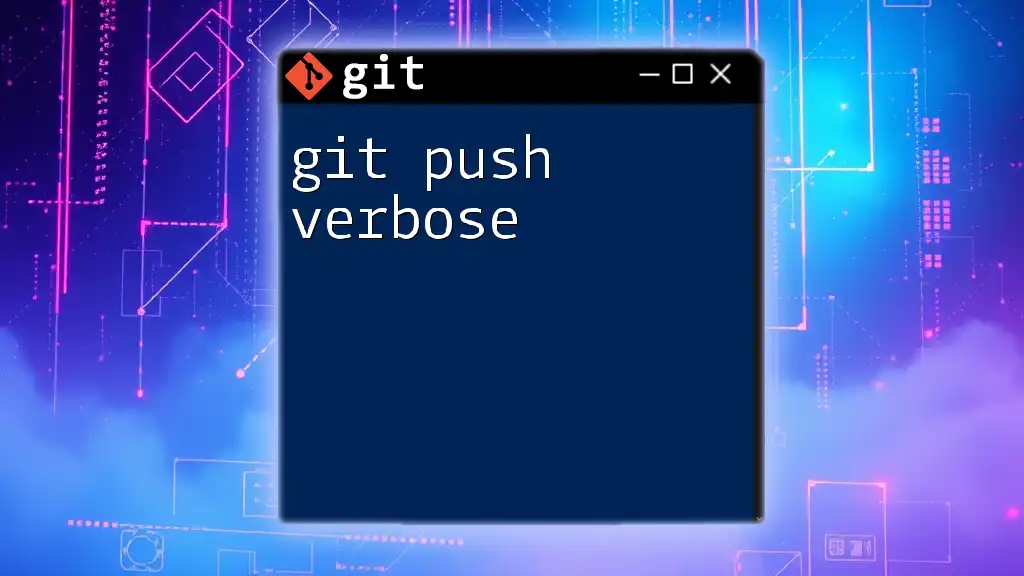
How to Use `git push --no-verify`
Basic Usage Example
The syntax to use the `--no-verify` flag with the `git push` command is straightforward. Here’s an example:
git push --no-verify origin main
This command will push changes to the `main` branch on the `origin` remote, ignoring any pre-push hooks.
Common Use Cases
Using `--no-verify` can be practical in a few key scenarios:
- Mitigating Collaboration Conflicts: If your team is working on a shared branch and the hooks are obstructive, it may become necessary to use `--no-verify` just to push your changes.
- Non-Critical Tasks: For less significant updates, such as tweaking documentation, it might be more efficient to bypass hooks rather than deal with their validations.
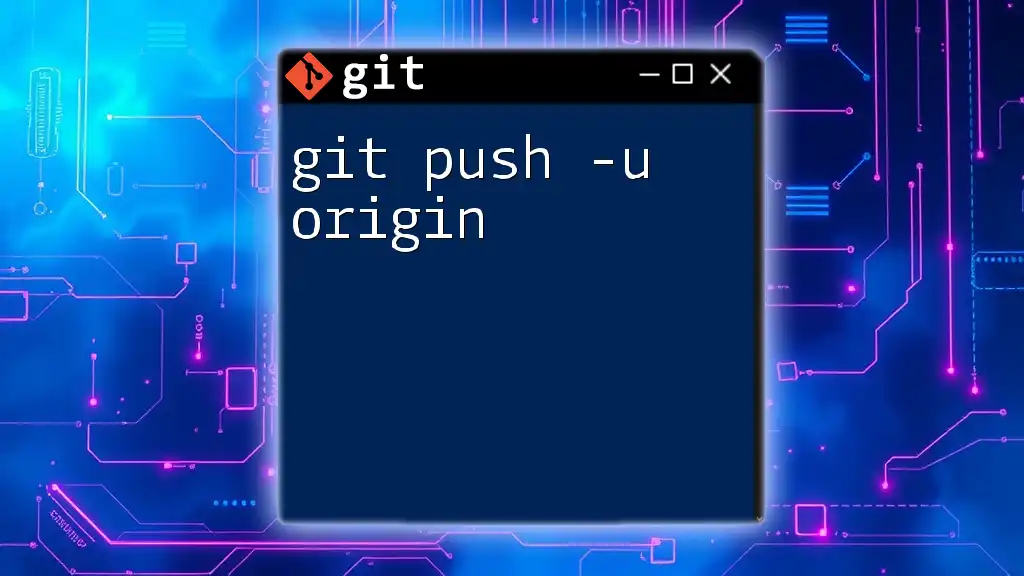
Risks of Using `--no-verify`
Potential Issues
Using the `--no-verify` flag presents certain risks that every developer should be aware of:
- Bypassing Important Checks: When you skip hooks, you miss out on crucial validations that ensure code quality. This could potentially introduce bugs or intrusions to your codebase.
- Unstable Code Deployment: It could lead to deploying code that isn't properly tested or validated, resulting in integration issues and affecting overall project stability.
Mitigation Strategies
To use `--no-verify` responsibly, consider the following best practices:
- Communicate with Your Team: Make sure your team members are aware of your decision to bypass checks, and ensure no one else is working on conflicting changes.
- Document Changes: Clearly document any changes and why you opted to skip the hooks. This can help in maintaining transparency.
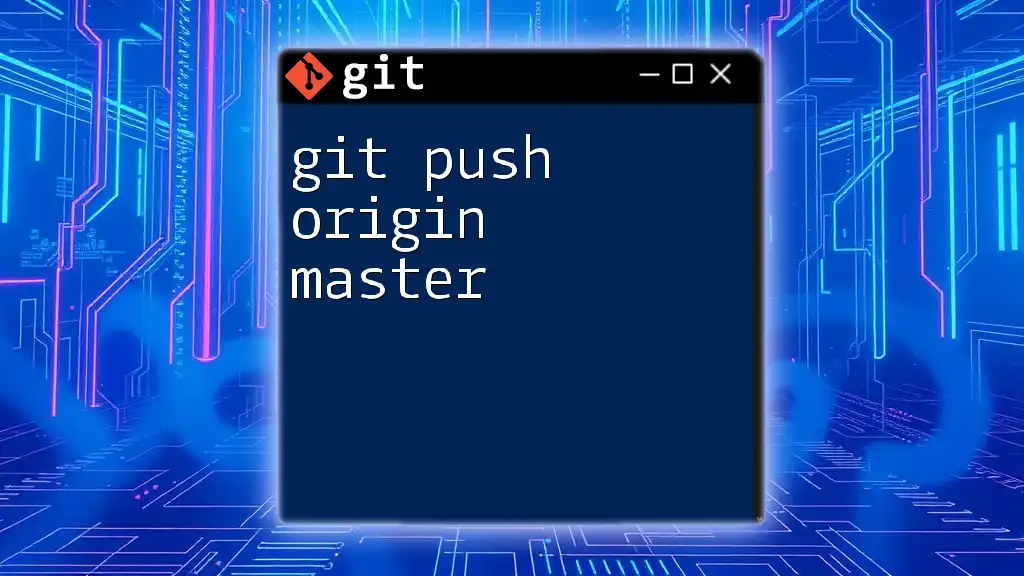
Conclusion
Understanding when and how to use the `git push --no-verify` command is essential for effective Git management. This command provides flexibility but comes with responsibilities. Use it wisely to balance urgency against the risk of introducing errors into your codebase. As you become more familiar with Git and its commands, you'll find efficient ways to manage your workflow while respecting the overarching need for code quality.
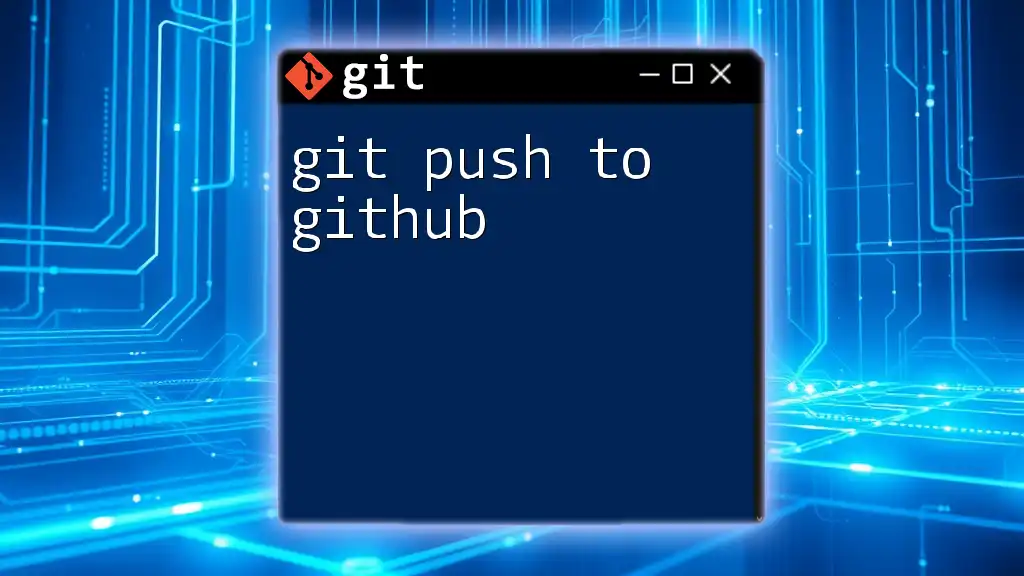
Additional Resources
Recommended Reading
For more in-depth information about Git and its features, consider exploring these resources:
- The official Git documentation.
- Online tutorials on Git commands and workflows.
- Community forums for Git practices and troubleshooting.
Community and Support
Engage with communities like Stack Overflow or GitHub discussions to ask questions, share your experiences, and learn more from other Git users.
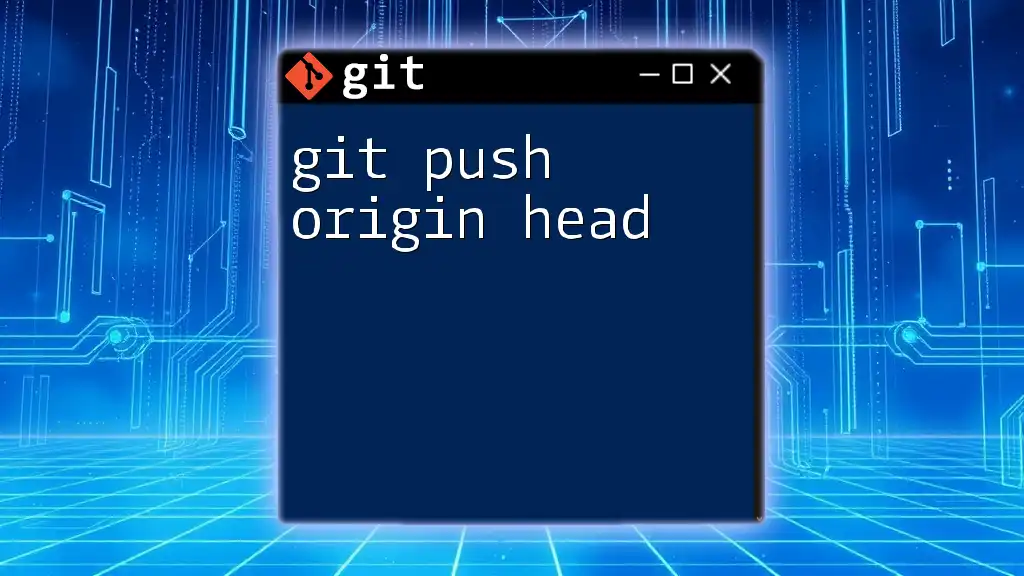
Call to Action
If you're looking to enhance your understanding of Git commands and workflows, consider signing up for our Git command tutorial courses. Share this article with your network and feel free to leave comments or questions below!







